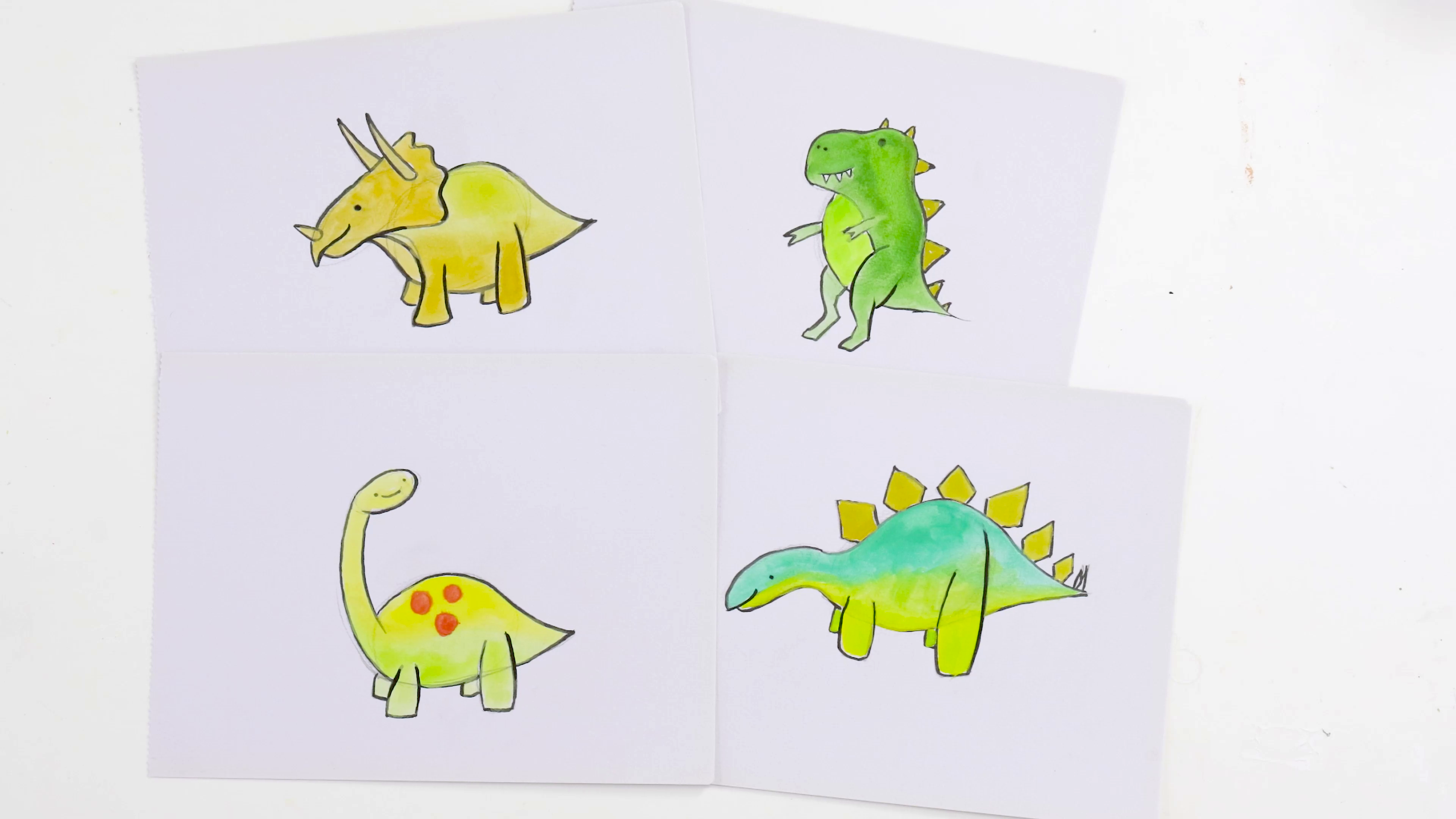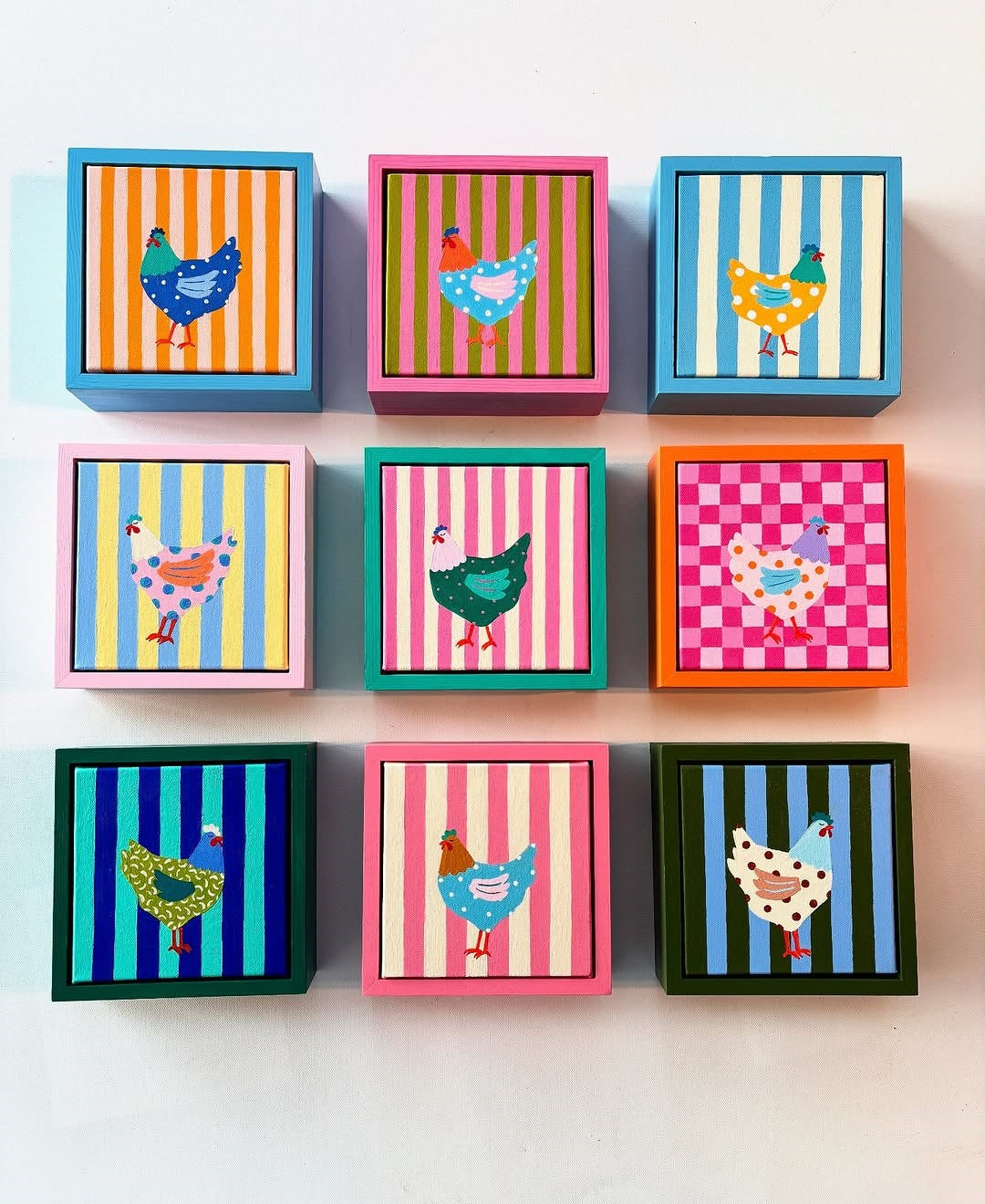An art studio is a place where you can leave normality at the door. It’s a place where you can transform your initial ideas into material work. It’s full of all your favourite books, sketch pads, past work, prototypes and various objects you’ve managed to accumulate over time. In fact, it’s a microcosm of your creativity, knowledge, thoughts and expression. A place of discovery where things resonate. You probably know how hard it can be to keep innovating when you have to clear art materials off the dinner table! Your studio doesn’t have to be a huge area – a little table away from distractions, surrounded by inspirational items might be all you need. But many creators dream of having their own art studio, which can be a reality if you think pragmatically and are realistic when it comes to your budget and space.
Determine Your Specific Requirements

The first thing to really think about when designing your space is your specific requirements. What do you really need, or feel you really need, in your creative space? Art and craft are huge creative fields and not many artists or crafters work with every medium. You know what materials and mediums you use, so your specific requirements will centre around these.
One of the best ways to work out your requirements is to create a list of the materials that you already have, plus the materials you need to purchase. This might end up being quite an extensive list, so be realistic and start with the essentials because you can always add more materials and equipment in the future. The last thing you want to do is invest in something that takes up precious space as well as dollars that could have been spent elsewhere.
Once you have your shopping list of required materials, create another list on how you will store the materials. It’s super important for a working studio that everything has its place so that it can be put back after use. Not only will your studio appear tidy, but you will also know exactly where to find everything. Jars, buckets, tubs and old Tupperware are all handy studio storage tools. When your lists are complete you’ll have a fair idea of the workspace you need.
Choose Your Workspace Area

It would be great if you could build your ideal space, but generally the area you choose will be dictated by what you have at hand. Ideally you will have a spare room or maybe a garage that could be used. If you don’t have one of these at your disposal, don’t be disheartened as there are many other creative space options that can be just as effective.
Here are some handy hints for smaller spaces:
1. Divide a room
Use a screen to create a barrier in a living room or a bedroom to fashion your creative space.
2. Utilise your corners
For some creators a desk with drawers in the corner of a room can work really well. Add some shelving and some plastic stacking tubs on the floor for extra storage.
3. Convert a closet
If you’re lucky enough to have at least one large walk-in wardrobe you could convert this area to a compact art space.
4. Art trolleys
An art trolley or art caddy is essentially a mobile table, usually on castors. Trolleys can be large enough to store all of your materials to create a perfect, portable pop-up workstation.
A Good Workable Surface

Creators of all types require a good workable surface. For painters this is usually an easel; while for other creators it might be a design table, a work table or a workbench. If you’re a painter there are numerous easel options available, while many an art table has been created by repurposing old pieces of furniture, from antique desks to garage workbenches. Usually the more drawers the better!
Lighting

Good natural light – referred to as full-spectrum light – is considered the best illumination to work from. Ideally this comes from large windows, but not a lot of converted spaces have this to offer. Most garages and bedrooms have one window, while wardrobes have no windows at all! That’s why it’s so important to provide your space with good, artificial light. Many creators have busy day jobs and can only create at night. Look out for specialised lighting kits that have a flex plug. The main assembly can be screwed to the ceiling and plugged into a socket.
There are also fluorescent sets that feature bulbs that mimic the ‘full spectrum’ properties of natural light. For a good balance of warmth and coolness, look for bulbs with a CCT of 5500K, the equivalent of midday sun. If you do prefer a cooler light, look for bulbs rated 7500K.
Make Your Space Inviting

Something all creators should invest in is making a nice environment that inspires you – a space that you really enjoy hanging out in. Try painting the walls your favourite colour, hanging works or images of your inspirational figures on the wall or displaying your best artwork. Motivational quotes can help deck out your space and keep any inspirational objects that spur on your creativity in plain view.
Cleaning Up

Let’s face it – you’re going to create mess in your space. Keep cleaning materials handy for any spills.
In an ideal studio, a sink with running water is the most useful tool for cleaning up paints and brushes. But if you don’t have access to a sink you can clean paints onto newspaper and discard once dried. Use a bucket filled with water to do any extra cleaning. Make sure you have a bin handy and be prepared to dispose of any solvents or chemicals that you use responsibly. Solvents should never be poured down the sink. All solvents should be placed into a solvent-resistant tub with a lid, which can be taken to your local waste facility once full.
Health and Safety

Give some thought to the safety of your studio. You might not use solvents for your craft but instead use scissors or hobby knives. Ensure that you store all materials responsibly. If you are using epoxy emulsions and/or oil paints your studio will require excellent ventilation. Make sure that you are protected from the possibility of fire by installing a smoke detector, and if using chemicals keep a multi-purpose dry chemical-based fire extinguisher close by. The correct safety precautions will ensure that you and those around you stay safe.


































